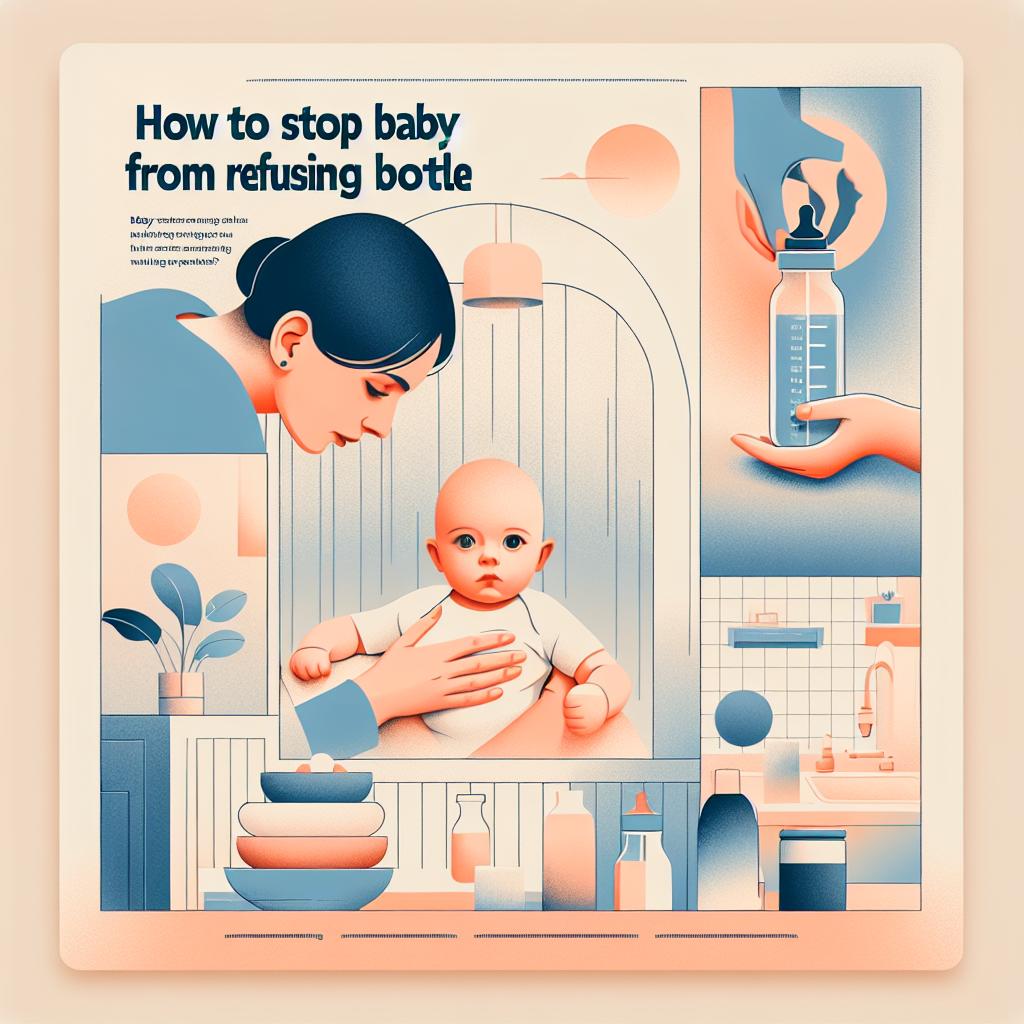Unlocking the Secrets to a Hassle-Free Bottle Feeding Experience
Parenting is both a joyous and difficult journey, with each stage presenting its own set of challenges. Among these challenges is navigating the world of bottle feeding. However, with the right knowledge and tools, you can turn this into an enjoyable and fuss-free experience. This post will guide you through some simple but effective tips bottle feeding to make your parenting journey smoother.
Understanding the Importance of Choosing the Right Bottle
When it comes to bottle feeding, not all bottles are created equal. The bottle you choose can significantly impact your little one’s feeding experience and comfort level. Here’s why this is critical:
- Comfort: A bottle designed to mimic the natural breastfeeding experience can make your baby more comfortable and reduce chances of rejection.
- Easy Transition: Transitioning from breast to bottle can be challenging. An ergonomically designed bottle can make this switch much easier.
- Better Digestion: Modern bottles are designed to reduce the amount of air your baby swallows during feeding, decreasing the likelihood of gas and discomfort.
To make a wise decision, consider visiting online parenting forums like Reddit’s New Parents thread where experienced parents share their feedback and insights.
Discovering the Advantage of Biomimetic Bottles
Biomimetic bottles are a game-changer in the world of bottle feeding. These bottles effectively mimic the natural breast’s shape, making feeding a comforting and intuitive experience.
Biomimetic Bottles are designed bearing in mind the natural movement and rhythm of breastfeeding, offering a unique set of benefits such as:
- Seamless Transition: The design helps babies latch correctly, simplifying the transition from breast to bottle.
- Anti-Colic System: The bottle’s unique system reduces the air ingestion, minimizing colic and discomfort for your baby.
- Baby-Led Feeding: Biomimetic bottles promote self-feeding, encouraging your baby’s natural feeding instincts.
Maintaining Bottle Hygiene
Ensuring your baby’s bottle is clean and sterilized is essential for their health. Here are some best practices:
- Clean After Every Use: Rinse the bottle with warm water and soap immediately after each feeding.
- Regular Sterilization: Sterilize bottles before the first use and at regular intervals thereafter.
- Replacement: Consider replacing your baby’s bottle every few months, or following the manufacturer’s guidelines.
A wide range of efficient sterilizing equipment can be found at baby stores such as DrTalbots that makes maintaining hygiene hassle-free.
Mastering the Art of Bottle Feeding
With the right tips and practice, bottle feeding can become a bonding experience with your newborn. Here are some expert tips to enhance your bottle feeding experience:
- Hold Your Baby Close: This promotes bonding and helps your baby feel secure.
- Alternate Sides: Mimic breastfeeding by switching sides halfway through the feeding. This can help prevent one-sided preference.
- Burp Regularly: Ensure regular burping during and after feedings to reduce gas.
Stay tuned in the next half of the post, where we’ll delve deeper into the nuances of bottle feeding, including advice on maintaining a feeding schedule, recognizing hunger cues, and dealing with common issues like nipple confusion.
Balancing a Consistent Feeding Schedule
Developing a consistent feeding schedule is crucial for your baby’s growth and development. However, you need to maintain balance – don’t strictly stick to a rigid schedule, but also don’t feed them on-demand all the time. Here are some benefits of a balanced feeding schedule:
- Predictability: Regular feeding times help your baby understand what to expect, reducing fussiness and discomfort.
- Better Sleep: Consistent feeding times can align with the baby’s sleep schedule, leading to a fully-fed and sleepy baby ready for bed.
- Good Eating Habits: Routine feeding instills early good eating habits and helps to regulate hunger cues.
Parents can get more tips on giving feeds in a fuss-free manner from KP Newborn Center.
Recognizing Baby’s Hunger and Fullness Cues
Recognizing your baby’s hunger and fullness cues is vital to effective bottle feeding. It reduces the chance of overfeeding or underfeeding. Here’s how to do it:
- Hunger Cues: Crying, fussing, increased alertness, and rooting are common signs your baby is hungry.
- Fullness Cues: Turning away from the bottle, decreased sucking, and falling asleep are signs your little one has had enough.
Taking the time to understand your baby’s cues will lead to a much smoother and more enjoyable feeding experience.
Addressing Common Challenges in Bottle Feeding
Challenges such as nipple confusion, colic, and allergies can disrupt your baby’s feeding routine and cause unnecessary stress for both you and the baby. However, many of theses issues can be addressed:
- Nipple Confusion: By choosing a biomimetic bottle, which simulates the natural breastfeeding experience, you can help to deter issues relating to nipple confusion. FedisBest provides more insights into the ways to handle this situation.
- Colic: Following helpful practices, like feeding in an upright position, burping frequently, and using bottles with built-in anti-colic systems can drastically reduce the chance of colic.
- Allergies: If you suspect your baby has an allergy or intolerance to the formula, seek professional medical advice. Those who are interested in learning more about dealing with food allergies, particularly in Japan, can visit InsideJapan Tours’ blog.
Remember, every child is different. So while it’s good to learn from other’s experiences and expert tips, the most important thing is to follow your baby’s lead and adapt accordingly.
Finding the Right Formula
Just as important as the bottle, the formula you choose can greatly influence your baby’s overall feeding experience. While breast milk is always best, there are plenty of good formula options available should you need them. The key is to find one that is nutritionally balanced, easily digestible, and well-accepted by your baby. Pediatrician consultations are crucial before making this decision in order to choose what’s best for your baby’s unique needs.
Bottle feeding may seem daunting at first, but remember, you’re not alone. Reach out to supportive communities, lean on your healthcare providers, and trust your instincts.






